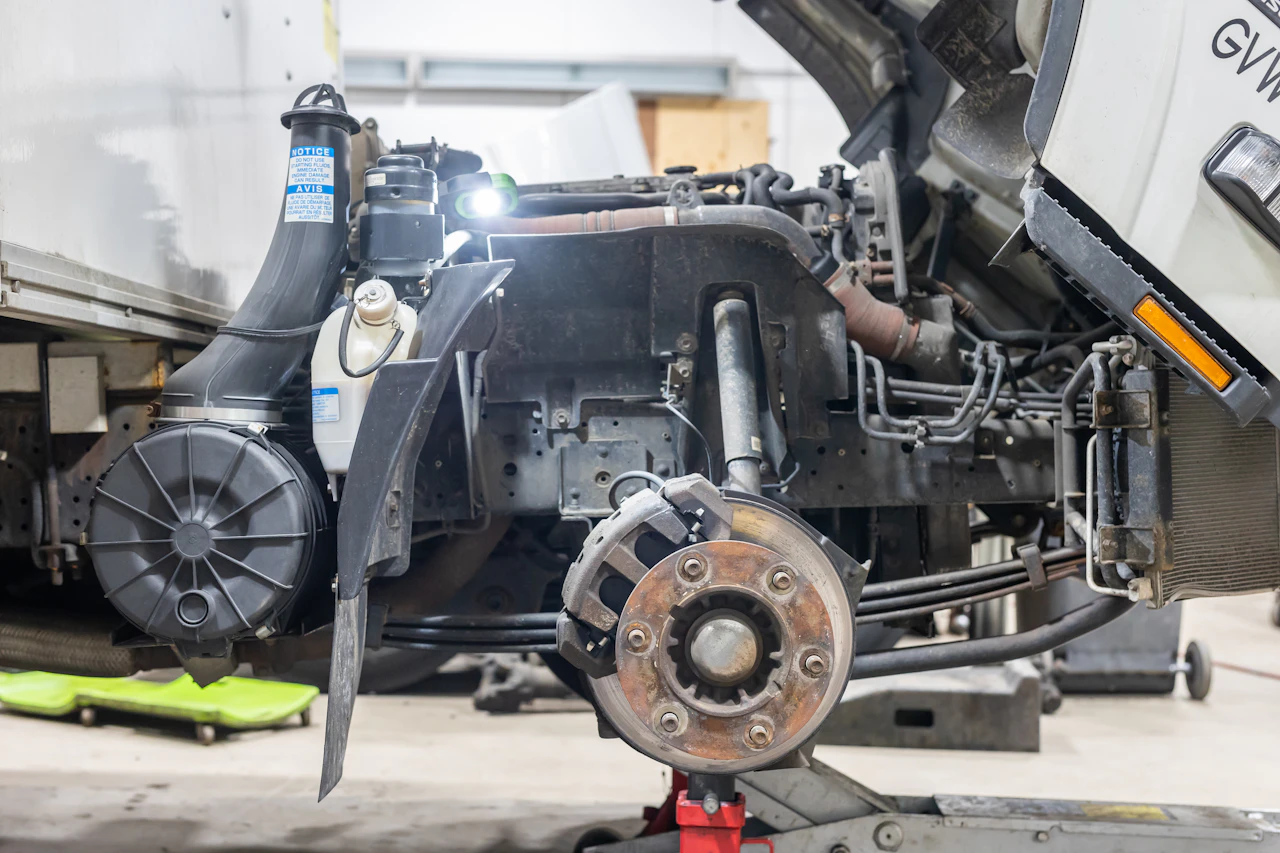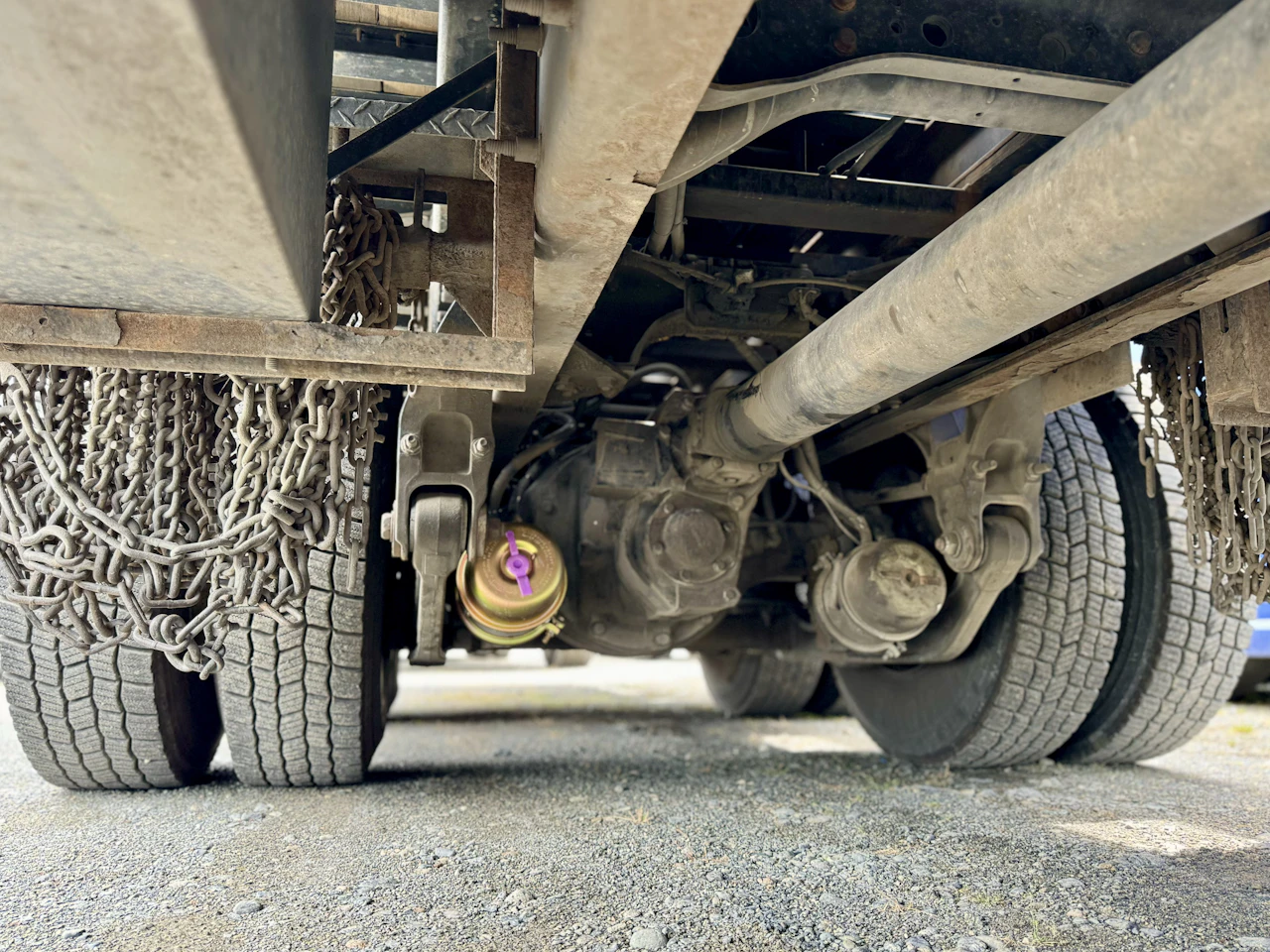Frustrated by suspension failures that keep coming back? The real causes might be hiding in plain sight. Recurring suspension problems are more than just annoying—they’re costly, dangerous, and can put your trucks and drivers at serious risk. The root causes often fly under the radar.
Whether you're hauling in the hills or pounding pavement, this guide breaks down six frequently overlooked suspension issues that could be wrecking your fleet’s uptime—and what to do about them.
Why Recurring Suspension Problems Are a Red Flag
Your suspension system should focus on control, stability, and cargo safety. If you feel satisfied with all three, your drive will also be comfortable. So when components like airbags, shocks, or leaf springs wear out repeatedly, it's a sign that something deeper is wrong. Fixing the symptom without treating the cause is like changing a tire without patching the hole.
Ignoring recurring suspension issues can lead to:
- Tire blowouts due to misalignment
- Accelerated wear on driveline and steering components
- Failed DOT inspections and CSA point hits
- Costly roadside breakdowns
Air System Leaks and Compressor Failures
For air-ride suspensions, air leaks are a silent killer. A minor leak in a line, fitting, or airbag forces the compressor to run nonstop to maintain pressure, eventually leading to compressor burnout and airbag collapse. Perform regular leak-down tests and listen for hissing during post-trip inspections. Use soapy water on lines and valves to spot leaks before they become breakdowns.
Symptoms you might notice include:
- Truck leaning to one side
- Compressor running excessively
- Suspension slow to inflate after startup
Improper Ride Height Calibration
If the ride height valve is out of adjustment, your air suspension system will run outside of its design range. This leads to overinflated or underinflated airbags, which puts stress on shock absorbers, bushings, and axle alignment.
Symptoms include:
- Excessively high or low stance
- Premature shock failure
- Poor trailer-to-cab alignment
Fix It: Calibrate ride height valves according to OEM spec—especially after replacing bags or leveling components. Don’t eyeball it. Use proper measuring tools.
Worn or Misaligned Suspension Bushings
Bushings are the unsung heroes of your suspension system. These rubber or polyurethane sleeves absorb vibration and keep moving parts in alignment. But when they wear or crack, they throw off axle geometry, causing excessive stress on springs, shocks, and tires. Inspect bushings at every PM interval. Replace worn ones before they allow metal-on-metal contact or further damage to mounting points.
Warning signs:
- Clunking noises over bumps
- Uneven tire wear
- Rear-end instability or sway
Incorrect or Mixed Suspension Components
Mixing old parts with new ones—or using the wrong components altogether—is a recipe for imbalance. If your techs or shops install mismatched shock absorbers, leaf packs, or airbags, it can cause uneven loading, premature wear, and loss of control.
Signs include:
- Uneven ride height between axles
- “Hopping” sensation when loaded
- Failures on one side only
Fix It: Always replace components in axle sets, not individually. Cross-reference parts with the vehicle VIN and spec sheets. Don't trust a “close enough” fit.
Overloaded or Poorly Balanced Cargo
Even the best suspension system will fail under constant overloading or improperly balanced loads. Exceeding GAWR (Gross Axle Weight Rating) leads to bent leaf springs, bag blowouts, and shattered hangers—fast.
You may notice:
- Frequent bottoming out
- Rear squat or sag
- Cracked spring hangers or U-bolts
Train loaders and drivers to properly distribute cargo weight. Use onboard scales or load sensors to prevent overloading specific axles. Check suspension specs and upgrade if loads have increased.
Neglecting Alignment and Axle Tracking
If your axles are out of alignment, it puts a continuous lateral strain on your suspension system. This leads to uneven wear on springs, bushings, and shocks, not to mention your tires. Include three-axle alignments as part of your preventive maintenance plan, especially after suspension repairs, curb hits, or tire replacements. Axle tracking is not a “set it and forget it” task.
Common clues:
- “Dog-tracking” (truck appears to move sideways)
- Steering wheel off-center
- Feathered tire wear
Keep Your Suspension Running Strong
Recurring suspension failures are more than just mechanical wear—they're symptoms of deeper system or operational issues. From air leaks and bushing wear to cargo imbalances and poor alignment, every component in the system depends on the others functioning correctly. Tackling these overlooked suspension problems head-on will boost uptime, extend part life, and keep your trucks running safe and smooth.
Need expert help with diagnostics or suspension repair in North Carolina? Contact National Fleet Management today—our team knows how to keep your fleet grounded and DOT-ready.

